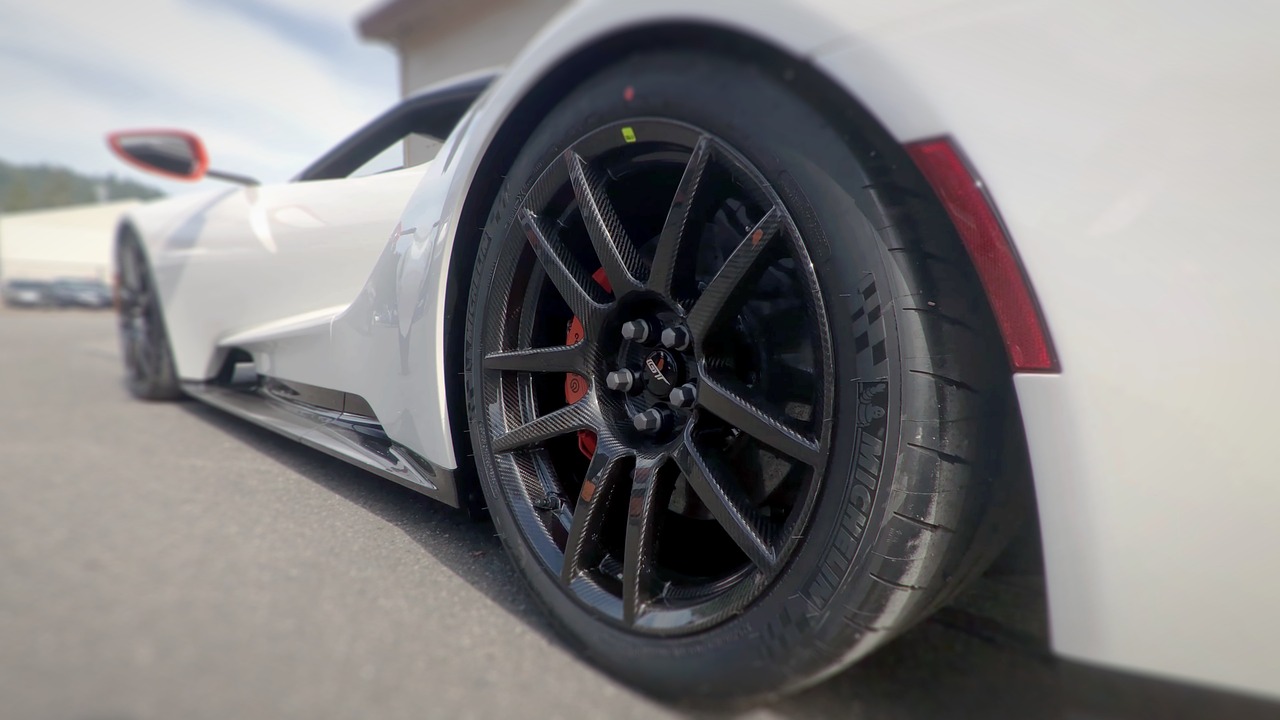The Intersection of Car Design and Aerodynamics
When it comes to car design, one of the key principles to consider is functionality. Designers must ensure that the overall look of the car aligns with its intended purpose and target audience. This involves carefully balancing aesthetics with practicality to create a vehicle that not only looks good but also performs well on the road.
Another important principle in car design is the concept of form following function. This means that every aspect of the car’s design should serve a purpose and contribute to its overall performance. From the shape of the body to the placement of the headlights, every detail is carefully considered to optimize the car’s aerodynamics, efficiency, and safety.
Importance of aerodynamics in car design
Aerodynamics plays a crucial role in the design and performance of modern cars. By focusing on reducing drag and optimizing airflow around the vehicle, designers can enhance fuel efficiency and overall speed. The shape of a car, including its curves, angles, and even the placement of side mirrors, can all significantly impact its aerodynamic efficiency.
Moreover, improving aerodynamics can also enhance stability and handling, especially at higher speeds. A well-designed car that effectively manages airflow can experience reduced lift, resulting in better traction on the road. This not only improves safety but also contributes to a more enjoyable driving experience for the driver and passengers alike.
What are some key car design principles?
Some key car design principles include aerodynamics, safety, aesthetics, and functionality.
Why is aerodynamics important in car design?
Aerodynamics is important in car design because it affects the vehicle’s performance, fuel efficiency, stability, and overall driving experience.
How does aerodynamics impact a car’s performance?
Aerodynamics impacts a car’s performance by reducing drag, increasing downforce, and improving handling at high speeds.
What are some aerodynamic features commonly found in cars?
Some common aerodynamic features found in cars include streamlined body shapes, front splitters, rear spoilers, and diffusers.
How does aerodynamics contribute to fuel efficiency?
Aerodynamics contributes to fuel efficiency by reducing air resistance, allowing the car to move more smoothly through the air and requiring less energy to maintain speed.
Can aerodynamics affect a car’s stability?
Yes, aerodynamics can affect a car’s stability by influencing how air flows around the vehicle and how it interacts with the tires, affecting traction and overall handling.
Are there any downsides to prioritizing aerodynamics in car design?
One potential downside to prioritizing aerodynamics in car design is that it can sometimes lead to compromises in other areas, such as interior space or aesthetics.





